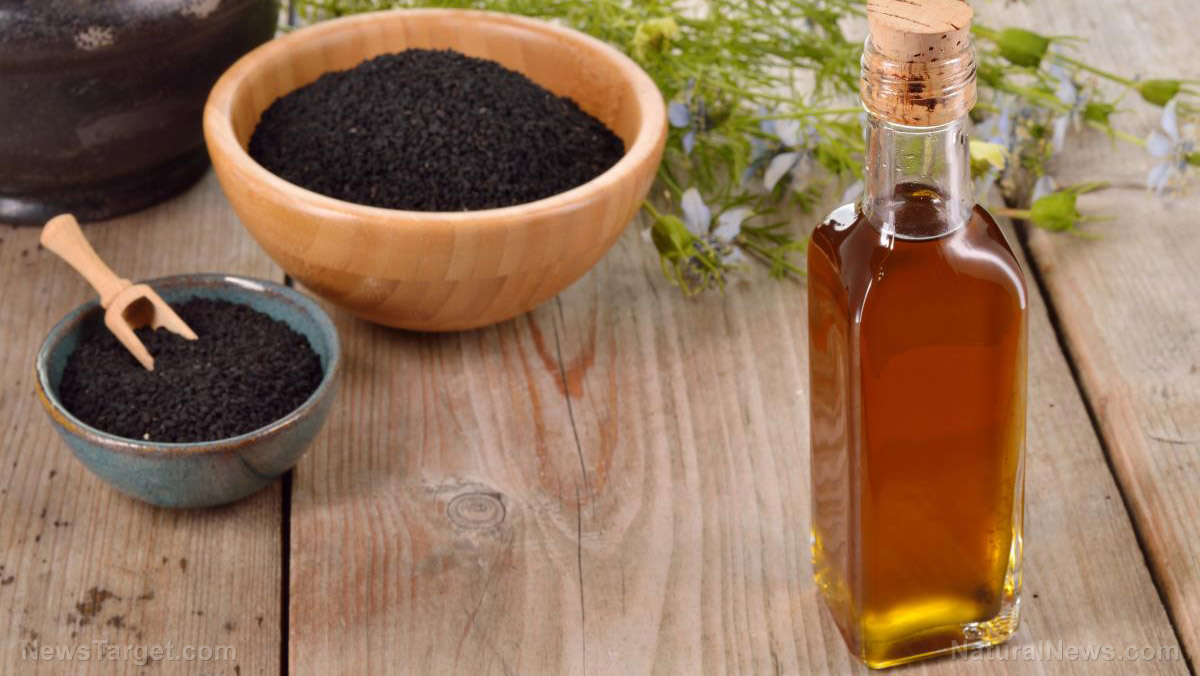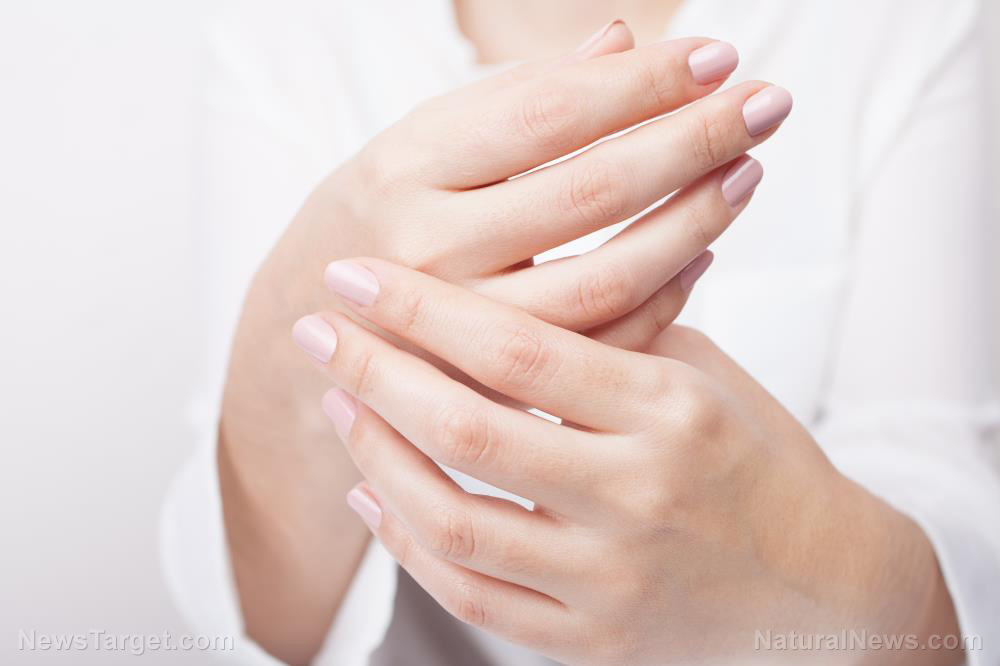Consuming enough protein helps lower risk of frailty and prefrailty in older women, advise scientists
03/04/2020 / By Divina Ramirez

Adequate protein intake can help reduce the risk of frailty in women aged 66 to 71, according to scientists. The study, published in European Journal of Nutrition, showed that an intake of at least 1.1 grams of protein per kilogram of body weight (g/kg) over a three-year period led to a reduced risk of frailty and prefrailty in postmenopausal women.
Frailty in older adults
Frailty is a common clinical syndrome in older adults that increases their risk of falls, fractures, hospitalization and mortality. In a study published in Clinics in Geriatric Medicine, Dr. Qian-Li Xue of Johns Hopkins Bloomberg School of Public Health wrote that older adults are at risk of frailty due to age-associated decline in physical function. Therefore, most hallmarks of frailty are closely related to age, like exhaustion, slowness and weakness.
Understanding how frailty works is crucial in curbing its onset in older adults. Moreover, research on frailty can help scientists and healthcare professionals identify possible treatments and interventions, especially for at-risk individuals.
How protein intake lowers the risk of frailty
Protein is one of the body’s essential macronutrients. Not only does it build and repair muscles, it also helps protect the body from disease-causing bacteria and viruses. The Nordic Nutrition Recommendations (NNR) suggests a protein intake of 1.1–1.3 g/kg body weight to maintain the body’s physical capacity. Although this applies to most individuals regardless of age, adequate protein intake is especially important in older adults to prevent age-associated diseases and complications. In fact, a study published in Journal of the American Geriatrics Society showed that protein intake was associated with better physical function and muscle strength in women aged 50 to 79.
Meanwhile, researchers at the University of Eastern Finland and Kuopio University Hospital attempted to examine the possible link between protein intake and frailty syndrome. They hypothesized that a protein intake of at least 1.1 g/kg could lower the risk of frailty and prefrailty in older women. To test this hypothesis, the researchers examined postmenopausal women aged 66 to 71, who were enrolled in the Osteoporosis Risk Factor and Prevention–Fracture Prevention Study (OSTPRE-FPS) in Finland. In order to monitor protein intake, the researchers instructed the participants to write down their food and beverage intake for three days.
At the three-year follow up, the researchers assessed frailty symptoms in the participants based on the presence of certain criteria, which included low grip strength, slow walking speed, low physical activity, exhaustion and weight loss. The results showed a strong relationship between frailty and the effect of protein on muscle health. They also found that consumption of the recommended amount of protein helped lower the risk of frailty and prefrailty in the participants. Great food sources of protein include eggs, fish and chicken, as well as legumes, green leafy vegetables and fruits. (Related: Elderly people should try weightlifting to prevent frailty, health experts recommend.)
Based on their findings, the researchers emphasized the importance of including an adequate amount of protein in your diet. This way, the body can maintain optimal muscle health and physical wellness well into adulthood.
By itself, frailty is no cause for alarm. After all, common signs of frailty, like low physical inactivity, naturally come about with age. However, by ensuring adequate protein intake, older individuals can prevent the onset of frailty with little to no intervention required.
Sources include:
Submit a correction >>
Tagged Under:
aging, aging secrets, frailty, longevity, muscle health, natural cures, natural medicine, nutrients, prefrailty, prevention, protein, research, women's health
This article may contain statements that reflect the opinion of the author
RECENT NEWS & ARTICLES
Natural.News is a fact-based public education website published by Natural News Features, LLC.
All content copyright © 2018 by Natural News Features, LLC.
Contact Us with Tips or Corrections
All trademarks, registered trademarks and servicemarks mentioned on this site are the property of their respective owners.






















